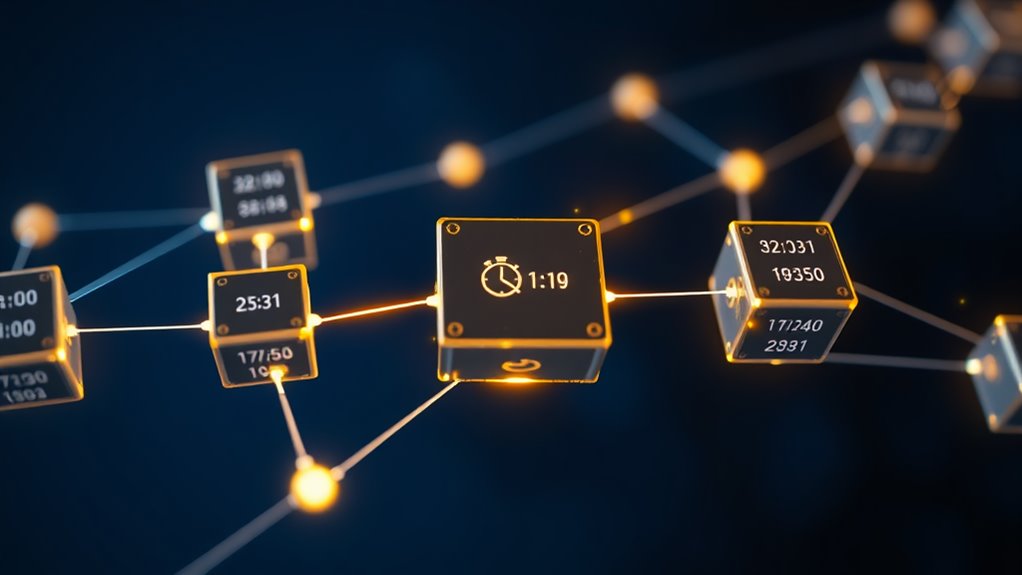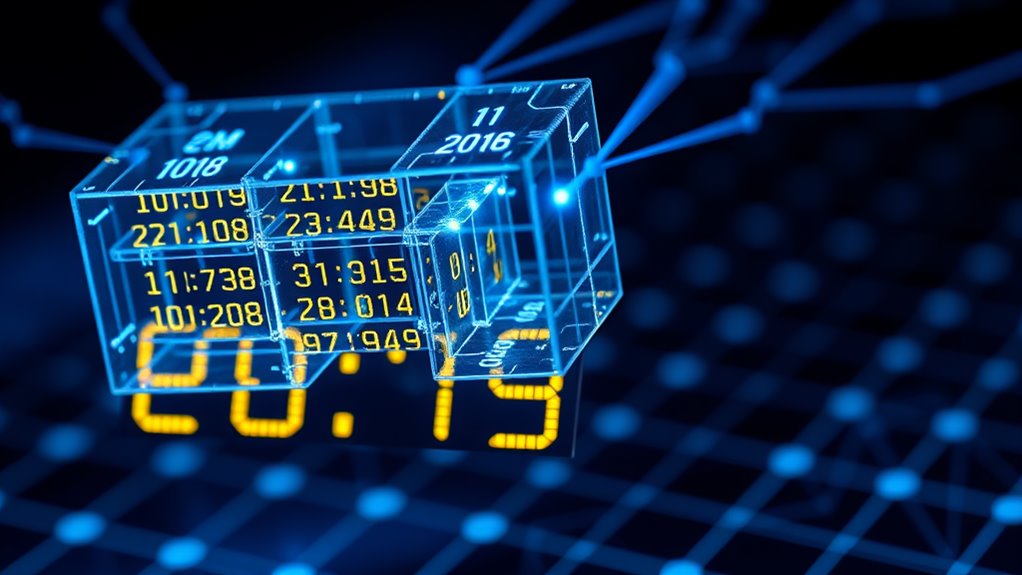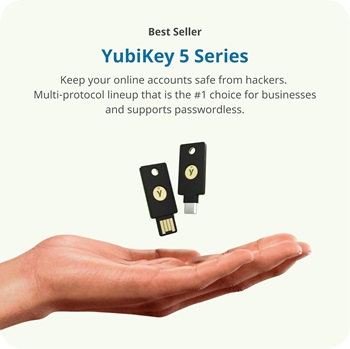Blockchain Timestamping Explained
Note: This post may contain affiliate links, and we may earn a commission (with No additional cost for you) if you make a purchase via our link. See our disclosure for more info. The crypto world is constantly changing. This content is for informational purposes only and not financial, legal, or professional advice So, please verify the info on the cryptocurrency provider’s websites.
Blockchain timestamping is the digital world's way of slapping a clock on data. It records the exact time transactions or info were created. Why? To prove something exists at a specific moment—simple, right? No one wants to deal with shady timing. Cryptography guarantees these timestamps can't be altered by just anyone, and decentralized networks make it hard to mess with. Think legal disputes or tracking supply chains. Stick around, there's more to uncover about this game-changing tech.
 blockchain time verification method" height="100%" />
blockchain time verification method" height="100%" />Blockchain timestamping isn't just a nerdy tech term; it's a game changer. This innovative process records precise times for transactions and data creation right on decentralized ledgers. Think of it as a digital seal that proves data existed at a specific moment. No more guessing games. With cryptographic hashing, these records are immutable and tamper-proof. It's like a digital fortress for time-stamped data.
Every block in the blockchain comes with a timestamp in its header, validated by miners or validators. They follow strict rules, like the Median Pass Time (MPT) rule, ensuring timestamps sync with previous blocks. And heaven forbid anyone tries to timestamp a future block too far ahead—there's a limit of 90 minutes. Each transaction gets a unique identifier generated by hash functions, keeping things in chronological order. Meanwhile, consensus protocols, like Bitcoin's Proof of Work, add another layer of security. The integrity of timestamps is crucial for blockchain trustworthiness. This is vital for ensuring decentralization prevents control by a single entity. These timestamps become completely immutable once the transaction is confirmed and permanently added to the blockchain.
Every blockchain block features a timestamp, rigorously validated, ensuring chronological integrity and security against tampering.
But what if someone tries to mess with a timestamp? Well, cryptographic hashing makes any alterations blatantly obvious. Digital signatures authenticate timestamps, so unauthorized changes? Not on this watch. Decentralized networks mean there's no single point of failure. Good luck trying to tamper with this system; it would demand a mountain of computational resources.
The applications are vast. In legal disputes, these timestamps can prove when documents were created or altered. Supply chains can track product movement seamlessly. Intellectual property? Check. Financial transactions? Absolutely. Smart contracts can even trigger actions based on those timestamps.
And let's not forget the benefits. Immutability means records are permanent and resistant to changes. Transparency boosts accountability. Trust is built without relying on central authorities. It's efficient, too, making audits and compliance checks a breeze.
Sure, the blockchain world is booming, projected to hit $57.72 billion by 2025. And with all these benefits, it's clear that blockchain timestamping isn't just a passing fad; it's here to stay.
Frequently Asked Questions
How Does Blockchain Timestamping Improve Data Integrity?
Blockchain timestamping seriously boosts data integrity. It locks in records, making them nearly impossible to tamper with.
Change a tiny detail? Boom! The hash screams “fraud!” No more shady business. Plus, everyone can see the timestamps, so no backdating or double-dipping.
It's like having a referee in a game—no funny stuff allowed. With decentralized validation, trust is built. Bad actors? They don't stand a chance.
Data integrity? Checkmate!
Can Blockchain Timestamping Be Used for Non-Digital Assets?
Absolutely, blockchain timestamping can totally be used for non-digital assets.
Think about it: ships, factories, even real estate. You can track when goods are made, shipped, or sold. It's like a digital diary that proves what happened and when. No more shady business or mix-ups.
And hey, it can help fight counterfeiting too. So, yeah, blockchain isn't just for the tech nerds. It's got real-world applications. Who knew?
What Industries Benefit Most From Blockchain Timestamping?
Certain industries really hit the jackpot with blockchain timestamping.
Financial services? Absolutely. They love immutable records and quicker payments, cutting out the middleman.
Supply chains? They thrive on tracking and anti-counterfeiting—who needs fakes ruining a business?
Creative fields? They get proof of ownership and royalty management, all wrapped up tight.
And healthcare? They need secure patient records and drug tracking.
It's a win-win across the board. Who wouldn't want that?
Are There Any Legal Implications of Using Blockchain Timestamping?
Using blockchain timestamping isn't just a tech fad; it comes with real legal implications.
Sure, it can prove when something happened, but don't get too comfy. Qualified timestamps need third-party validation, which kind of defeats the whole “decentralized” vibe.
Courts might demand extra proof to accept non-qualified timestamps. Plus, if you're hoping for smooth sailing across different laws and regulations, good luck with that.
It's a wild ride, folks.
How Secure Is the Data Stored With Blockchain Timestamping?
Data stored with blockchain timestamping is about as secure as it gets.
Each change creates a new, unique hash—good luck trying to sneak a tampering attempt past that!
Plus, no central authority means less chance of a single point of failure. Nodes all over verify transactions, so it's like a neighborhood watch for data.
Immutable records? Check.
If you're looking for safety, this is it. Just don't mess with the math.










